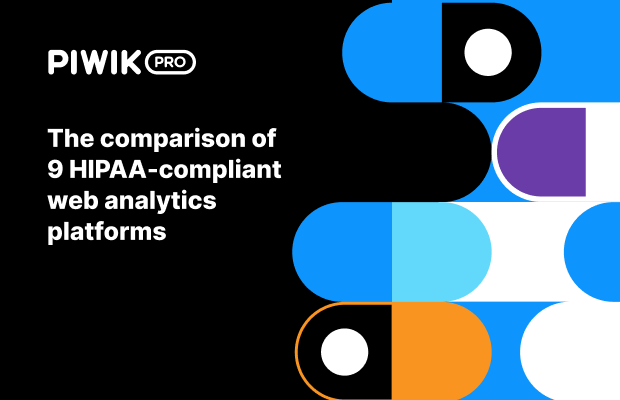Hypertargeting is a marketing strategy advertisers use to deliver personalized messages to a narrow audience or persona across different advertising channels.
Hypertargeting is also the ability of social network sites to target ads based on specific criteria. Facebook offers an ad-targeting service through its ads platform. Ads can be hyper-targeted to users based on keywords from their profiles, pages they’re fans of, events they responded to, or applications used. Some of these examples involve the use of behavioral targeting.
Hypertargeted advertising raises some privacy concerns. Since 2018 the General Data Protection Regulation (GDPR) has regulated the handling of EU residents’ personal data, including its use for hypertargeted advertising. Under this EU’s law, using people’s personal data requires explicit, unambiguous, informed, and active consent. One of the examples is the recent ruling concerning illegal Meta’s ad practices.
To understand hyper-targeting better, check out the following definitions:
- Retargeting / remarketing in marketing campaigns
- Behavioral targeting
- Click path in web analytics
- Cross-channel tracking
Read more on marketing and advertising on the Piwik PRO blog: Marketing and advertising









